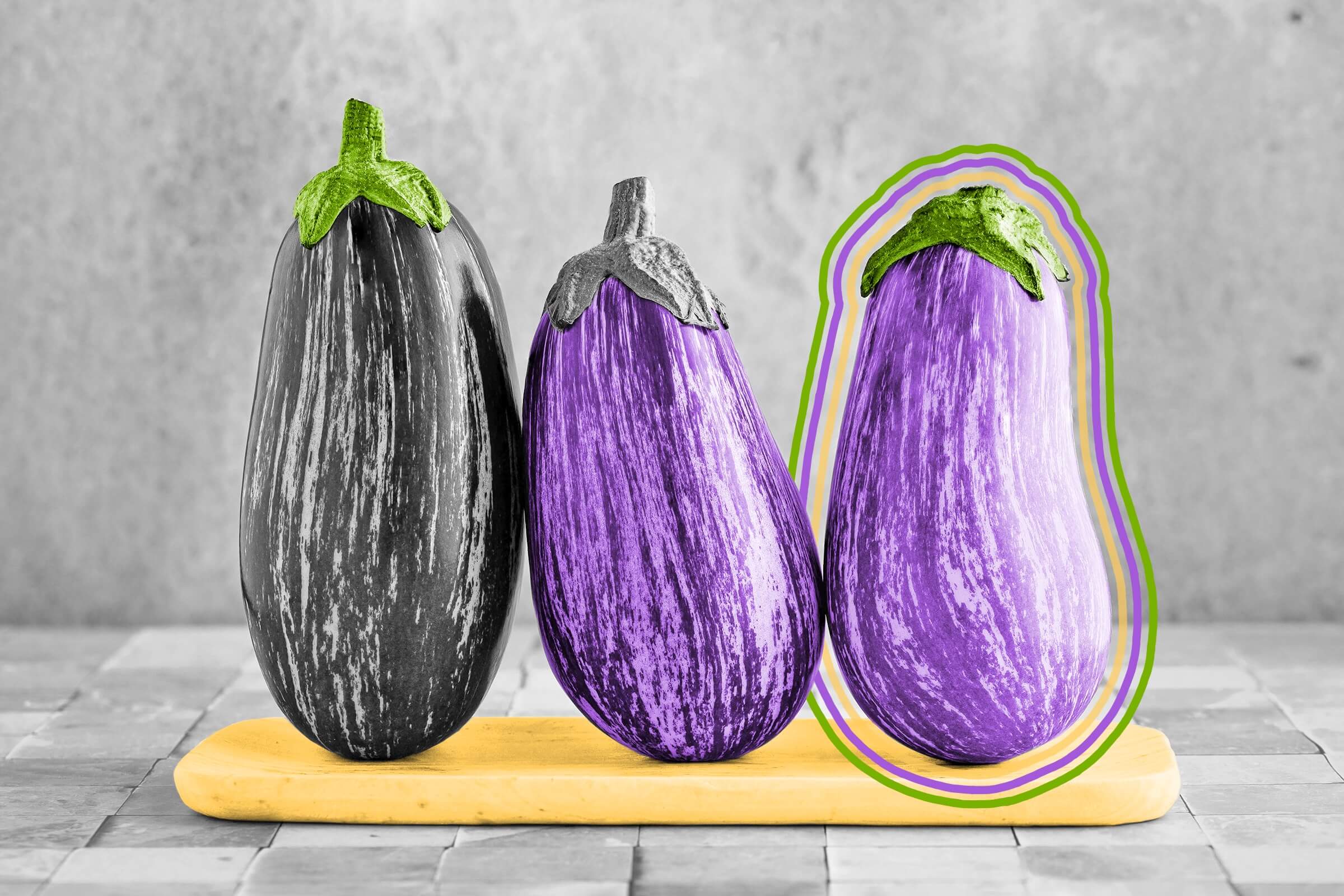| You may wonder how a long, purple fruit came to be called an "eggplant." It all has to do with a specific popular variety from the 18th century known for its egglike color and circular shape. Eggplants were domesticated in the Indo-Burma region as early as 300 BCE and were called vatingana — a Sanskrit word derived from vani, meaning "wind." During the British occupation of India, English horticulturist John Abercrombie took note of a particularly common local cultivar that looked white and spherical, much like a typical bird's egg. In 1767, he wrote about this "egg-plant" in the book Every Man His Own Gardener, denoting the first use of the term in English literature. While these white, circular eggplants have since fallen out of fashion, similar varieties including the Easter eggplant are still grown. But in general, the most widely grown type of eggplant is known for its dark purple color and elongated shape. It wasn't until the early 19th century that a shift to this variety took place in the United States, when new eggplant seeds were brought over by immigrants from various parts of Asia. In time, those colorful eggplant varieties came to displace the once-standard pale, ovate type. Despite the fruit's change in appearance, the original nomenclature stuck in the United States and Canada. However, other areas have coined names of their own. In the United Kingdom, the fruit is known as an "aubergine" (a French loanword). A brightly colored variant is referred to as a "garden egg" throughout parts of Africa and the Caribbean. And around the 16th century, eggplants were also briefly called "mad apples" in Europe, a name inspired by the fact that they're members of the nightshade family and thus were once believed to be poisonous if eaten. | 







No comments:
Post a Comment